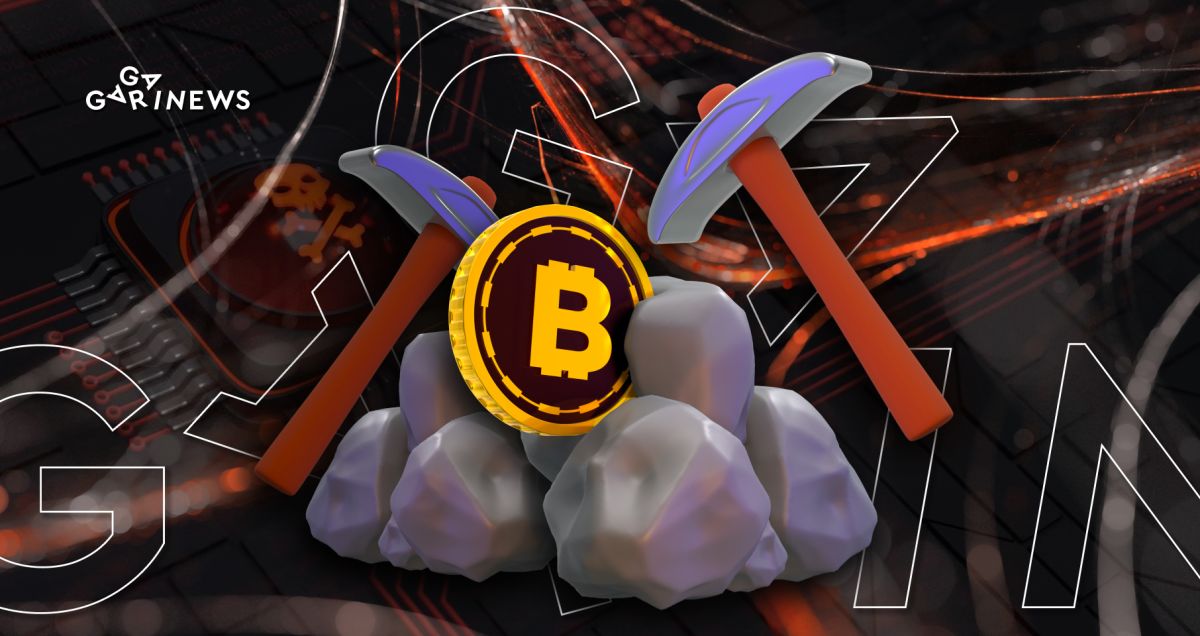How to reduce Bitcoin mining risks: business case

Mining profitability has been declining since the end of 2021 as a result of the bear market. Increased mining difficulty and skyrocketing electricity prices twisted the knife in 2022. The miners had no choice but to change their business strategy. Their task was to level out negative market factors while maintaining profits.
On this page
According to BitInfoCharts, the profit of BTC miners dropped to about $0.07/day per 1 terahash per second (TH/s) in the second decade of January 2023, breaking the bottom of October 2020. The two-year decline was caused by China's ban on cryptocurrency mining (at the time the world's largest BTC mining center).
Mining: the industry crisis is in full swing
Rising losses have caused seismic shifts in the crypto mining industry. The sale of a sizable portion of the cryptocurrency reserves accumulated by public miners over the summer served as an eloquent sign of the industry crisis. Furthermore, according to Bloomberg estimates, mining companies have experienced difficulties servicing loans: the total risk for lenders could reach $4 billion.
In most cases, the bitcoin mining equipment serves as collateral for miners' loans. Mining companies started returning mining equipment to banks in large numbers as a result of their inability to pay off loans. Tens of thousands of idle ASICs put a lot of pressure on the hardware market. As a result, prices for it dropped by 50-80% during the year, according to various estimates. The first major bankruptcies of mining companies were revealed in the fall of 2022.
Mining profitability in terms of years
Source: BitInfoCharts
How to make money on mining without actually mining?
It should come as no surprise that miners are looking for ways to reduce business risks while still profiting from cryptocurrency mining. For example, the Dallas-based company Applied Digital has been looking for a way to profit from crypto for several years. The company has specialized in HR services for nearly two decades. The owner of Applied Digital changed the focus of the company in 2020, transitioned to mining, and actively increased production capacity. In 2021, the businessman decided to take a different way to profit from bitcoin record values. As part of a new project, Applied Blockchain offered third-party miners the opportunity to rent space in data processing centers. By the way, China cracked down on crypto mining in the middle of the same year. That’s why miners were forced to leave China, so the demand for power in the United States increased dramatically.
Applied Blockchain enters into long-term contracts with fixed rental rates to make business more predictable. The first stage of the project is a 100 MW platform. It was completed in a matter of months at the end of 2021. The business launched its initial public offering (IPO) in April 2022.
Diversification of the client base and green energy sources
However, the company's name was changed to Applied Digital in November to reflect its ability to serve a wider range of customers. Financial firms that provided loans to miners to purchase equipment are now among them. When some of the borrowers were unable to service their loans, their equipment was seized and stored on the Applied Digital premises.
Furthermore, Applied Digital established a fund that redeems collateral servers and puts them to use.
This is a way to let institutional investors like family offices come into a space in a way that looks familiar to them, by investing in a fund
the company explains
The company will put into operation two more facilities with a total capacity of 380 MW in the next few months, despite all the market turmoil. One of them will be powered by a wind farm.
Mining today requires a “hyper-focus” on energy efficiency, according to Chris Kline, co-founder of the crypto investment platform Bitcoin IRA.
From managing their balance sheet, processing units and energy costs, miners will look to stay afloat regardless of current market conditions
he added
The content on The Coinomist is for informational purposes only and should not be interpreted as financial advice. While we strive to provide accurate and up-to-date information, we do not guarantee the accuracy, completeness, or reliability of any content. Neither we accept liability for any errors or omissions in the information provided or for any financial losses incurred as a result of relying on this information. Actions based on this content are at your own risk. Always do your own research and consult a professional. See our Terms, Privacy Policy, and Disclaimers for more details.



























